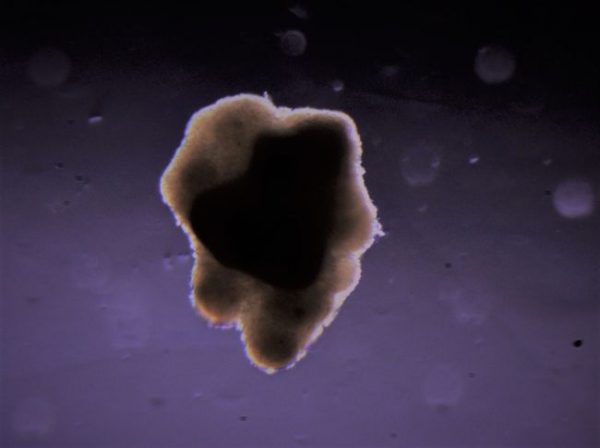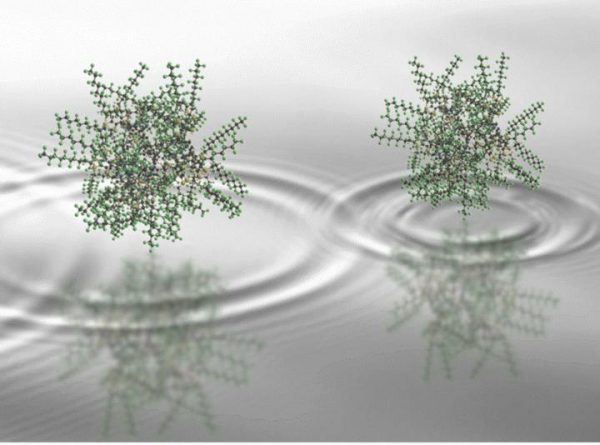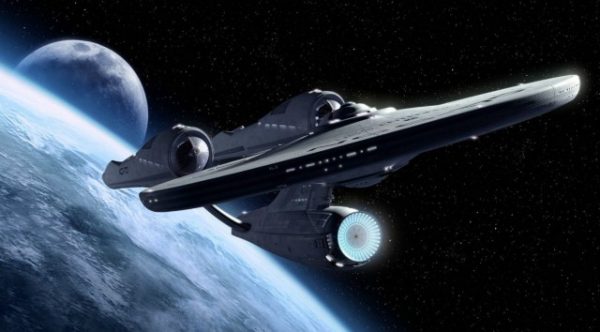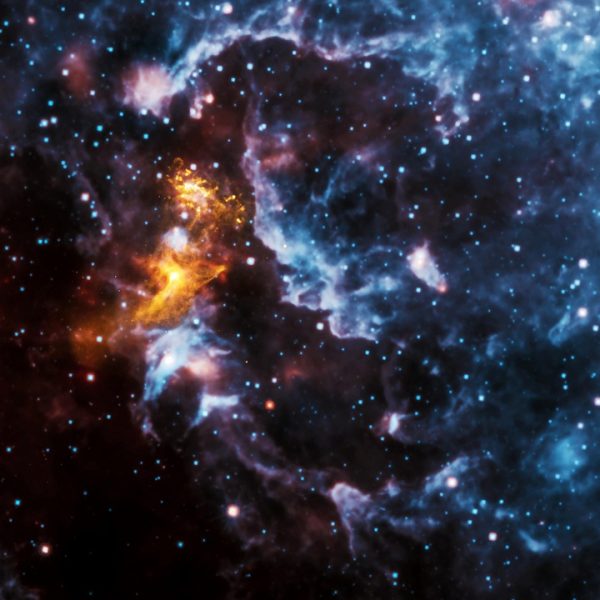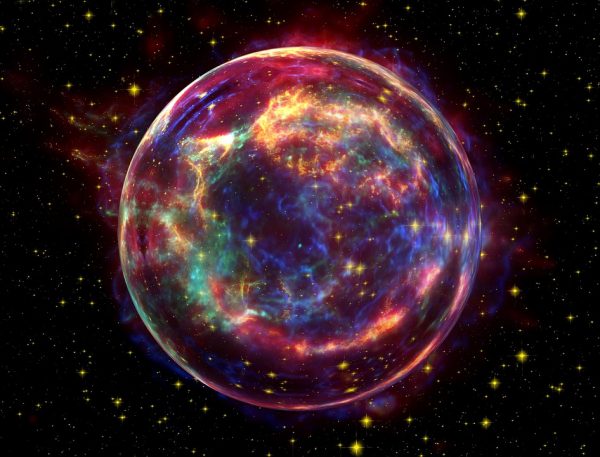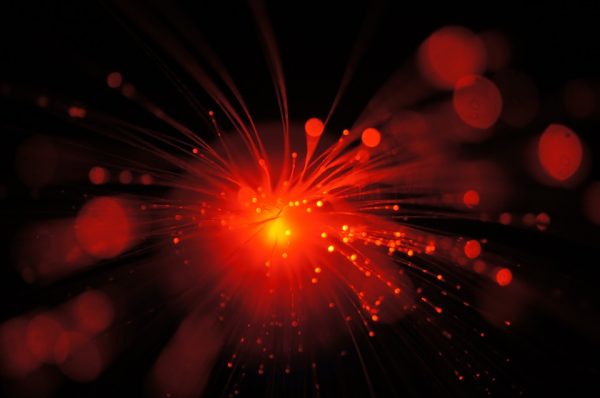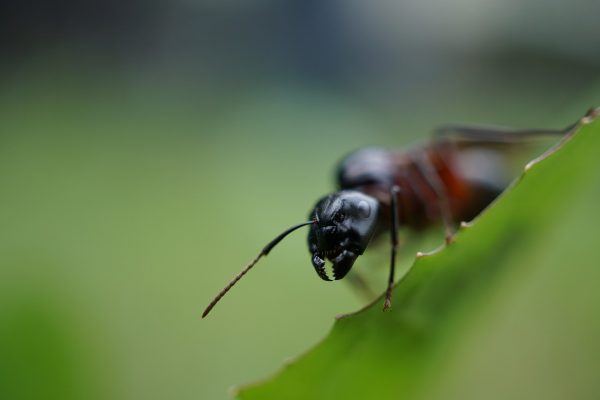Meat… in… Space!
For the first time ever, meat was created in space — but no animals were harmed in the making of this 3D bioprinted “space beef.” Aleph Farms, an Israeli food company, announced today (Oct. 7) that its experiment aboard the International Space Station resulted in the first-ever lab-grown meat in space. The company focuses on growing cultivated beef steaks, or growing an entire piece of real, edible meat out of just a couple of cells, in this case, bovine cell spheroids, in a lab. On the space station, the experiment involved growing a piece of meat by mimicking a cow’s … Read more



